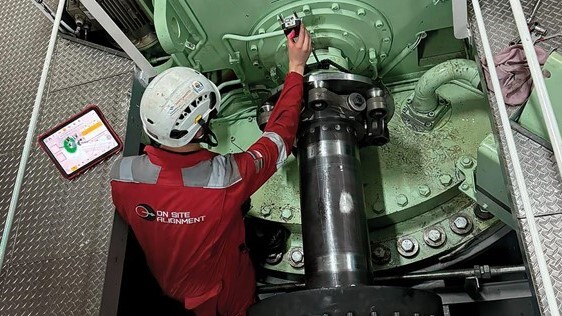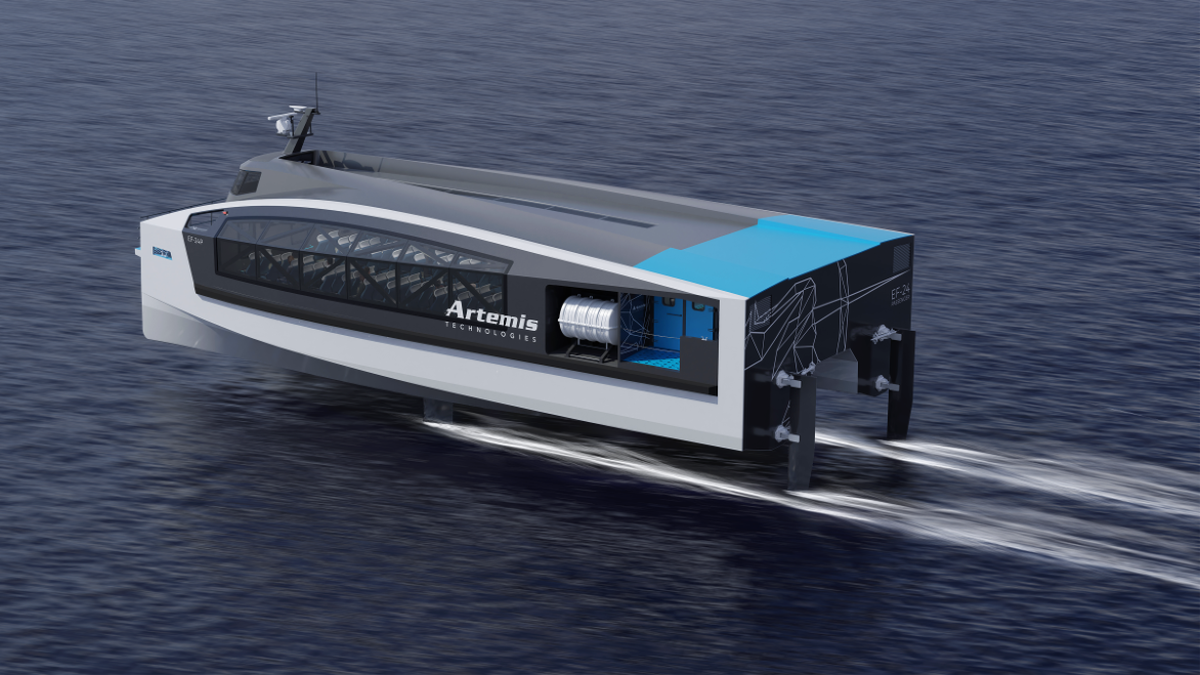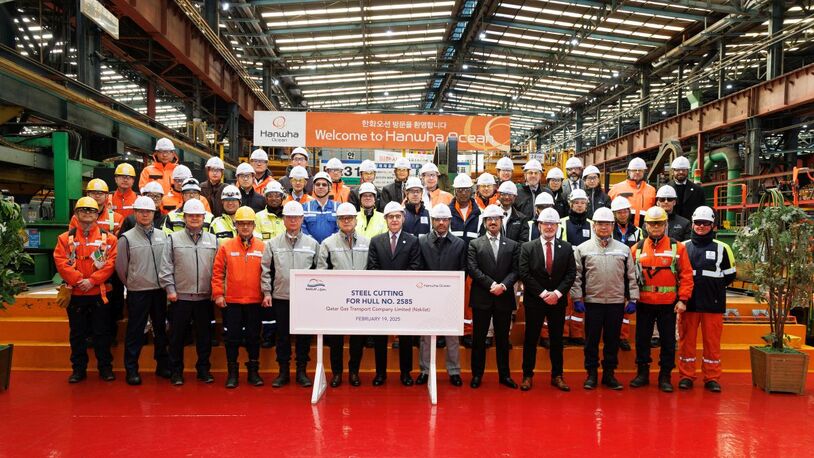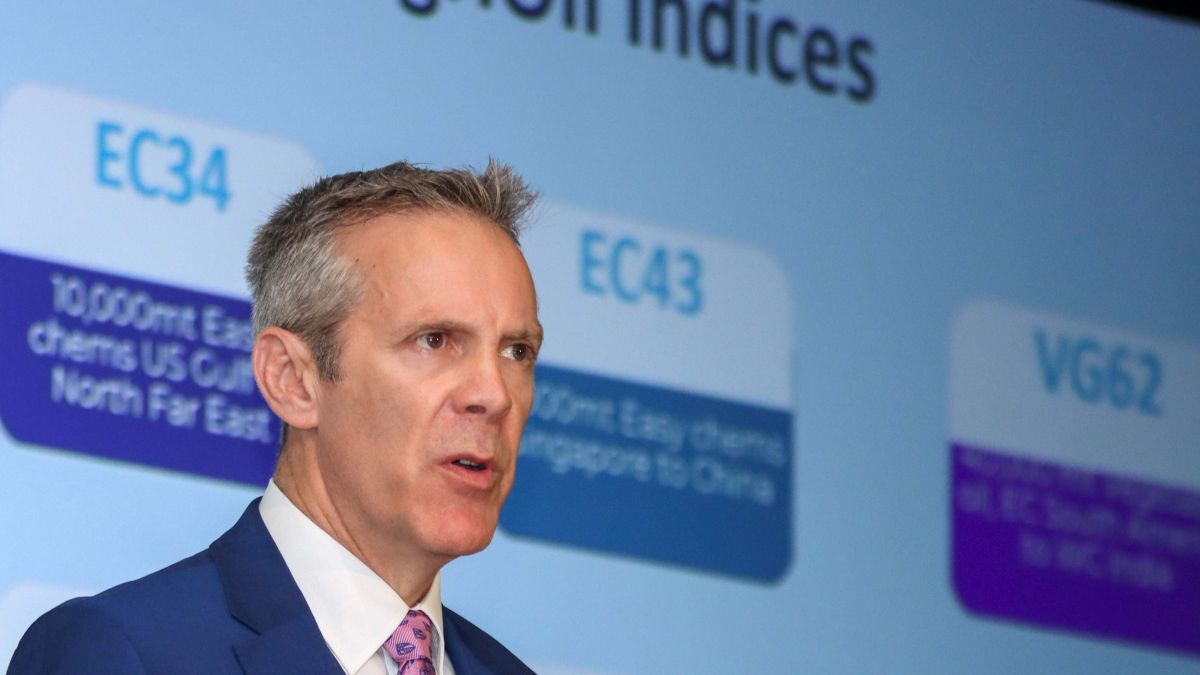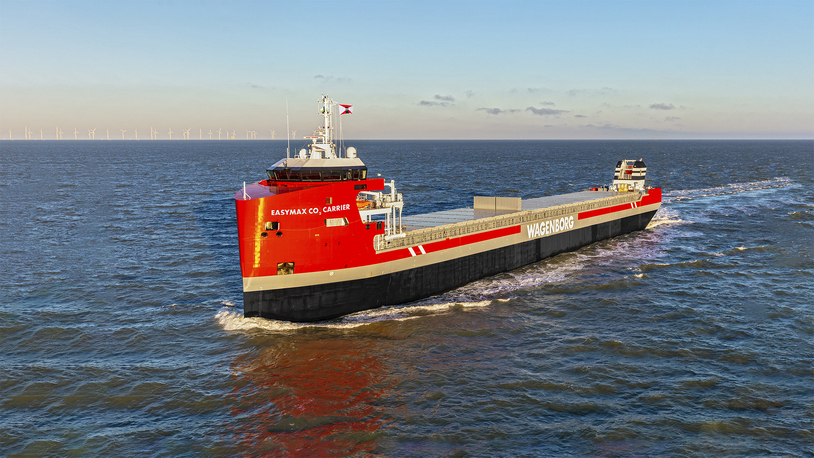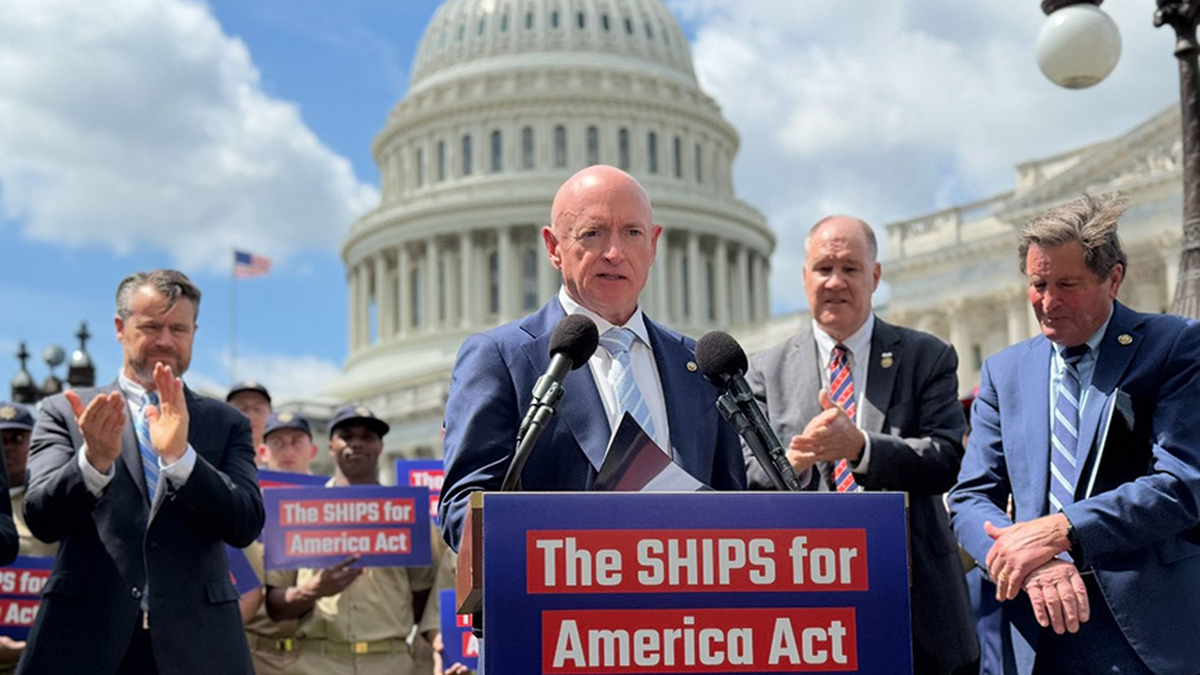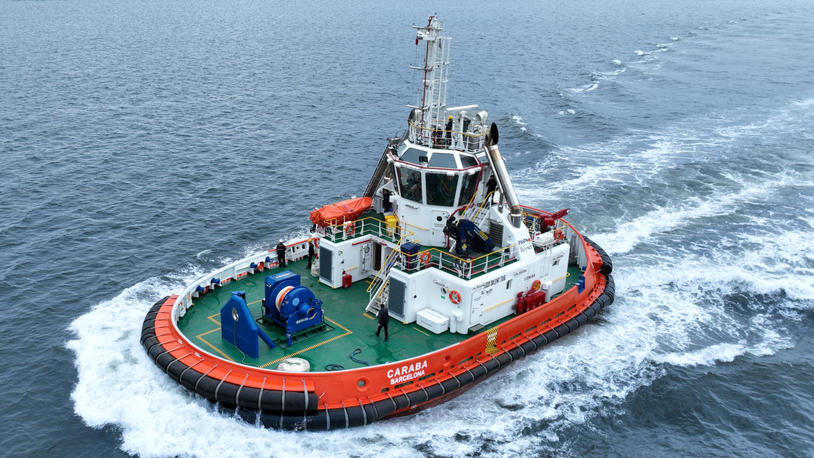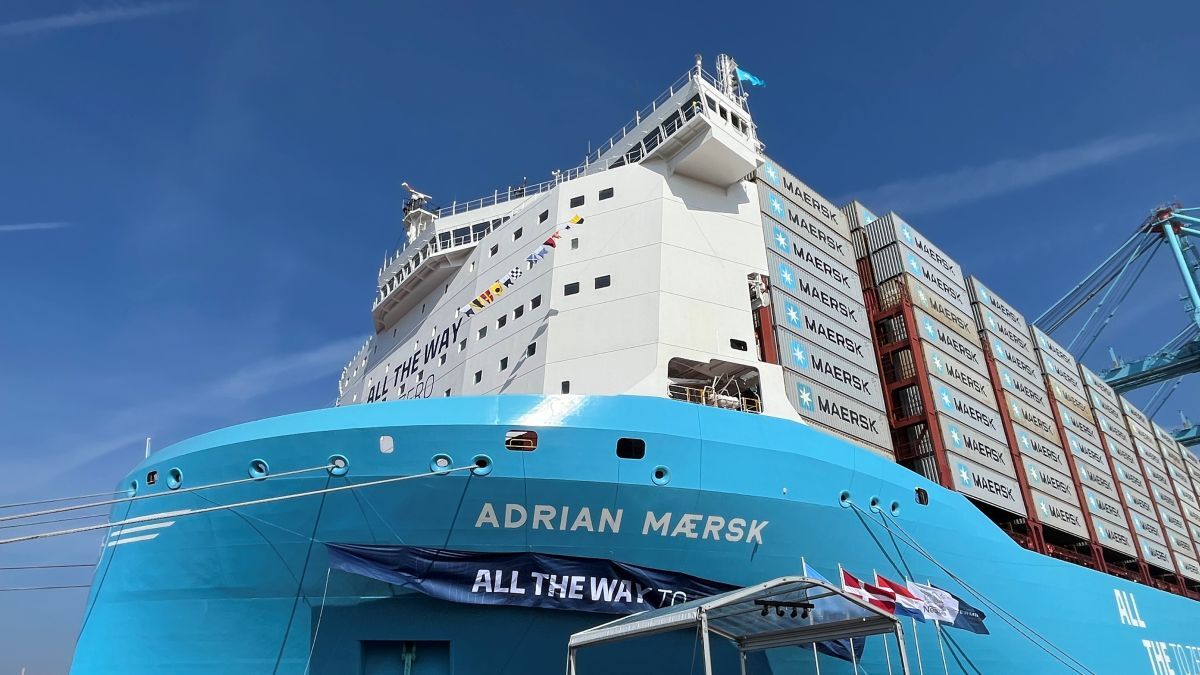Business Sectors
Events
Contents
Register to read more articles.
Electric e-foiling technology on the rise in ferry sector
A trio of new vessels in the UK will use e-foiling technology. The technology provider explains the benefits
Condor Ferries, Orkney Ferries and Red Funnel are all deploying Artemis Technologies’ e-foiling technology.
Red Funnel’s Southampton to West Cowes route, currently served by Red Jets 6 and 7, will be enhanced with the addition of a zero-emissions, electric e-foiling passenger ferry, Artemis EF-24 Passenger. It is slated to be launched at the end of this year.
Operating the Artemis EF-24 Passenger will save up to 3,700 tonnes of CO2e per year, and using electricity from renewable sources will increase annual emissions savings to approximately 4,150 tonnes of CO2e. In addition to reducing air pollution and noise, the fully accessible passenger ferry will use cutting-edge hydrofoil propulsion technology to fly over waves, lifting the vessel out of the water to reduce drag and provide a smoother, quieter and more comfortable experience for passengers.
When it comes to decarbonisation, it is important for Artemis to address the ‘optimum route’.
Artemis Technologies chief executive and director, Dr Iain Percy says, “We look at how, through our technology, we can make it cheaper than the diesel equivalent. We did a lot of studies with Red Funnel to understand its true costs today. For Red Funnel, a positive was decarbonisation and to save money from day one.
“I get disappointed with politicians selling the win-win green solution saying it is always cheaper - it is not always cheaper; it is often more expensive - but there are occasions when it is and fast ferries with our technology is one of them.”
A major reason the opex and capex of the vessel and its charger is reduced is because by taking off out of the water, the drag is reduced by 70%. Dr Percy points out this has two advantages, “You don’t use as much electricity or fuel, and infrastructure only needs one-third of the energy, so the infrastructure is also significantly cheaper as the vessel is not using as much energy.
“There is a step-change in drag reducing the total costs of opex and capex.”
Artemis provides a charger that caters for 3 MWh of energy. “That is a lot of power that not many grids can produce, so we have a buffer; when the vessel is going back and forth, there is a 45-minute period when the battery is not used by the boat and that is added to the grid, creating a buffering system.”
The total charge time is 45-50 minutes, spread throughout the day as passengers load and unload. Singling out the new vessel for Red Funnel, Dr Percy says, “We can meet the route requirements of Red Funnel, but if it was a normal battery vessel, we could not do it, as a longer charge means it could not keep to the time.
“We are unlocking a big door with this technology.”
The Condor Ferries’ Artemis ferry is slated for Q3 this year, where it will ply, as a trial, a 10 nautical miles commuter route between Belfast and Bangor. Next up, Orkney Ferries and Red Funnel will receive their vessels at the end of this year. The company has also sold ferries in the US and Europe.
Dr Percy sums up, “e-foiling is the right solution when you need to go fast and far.”
Sign up for Riviera’s series of technical and operational webinars and conferences:
- Register to attend by visiting our events page.
- Watch recordings from all of our webinars in the webinar library.
Related to this Story
Events
Maritime Environmental Protection Webinar Week
The illusion of safety: what we're getting wrong about crews, tech, and fatigue
Responsible Ship Recycling Forum 2025
© 2024 Riviera Maritime Media Ltd.

